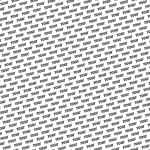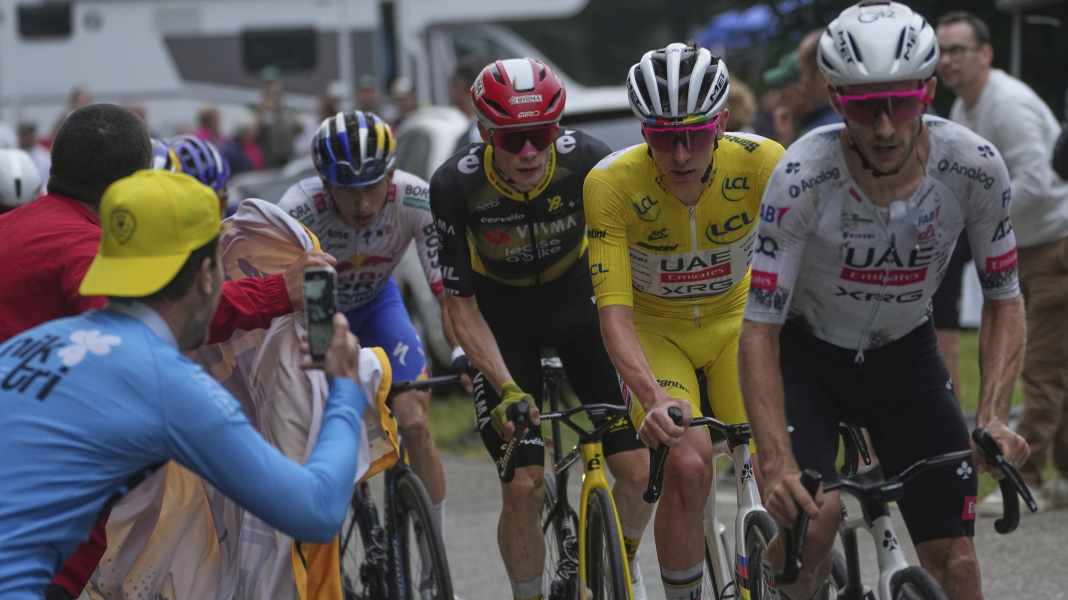
Tour de France 2025 - Stage 19: Albertville - La Plagne | 129,9 Kilometers
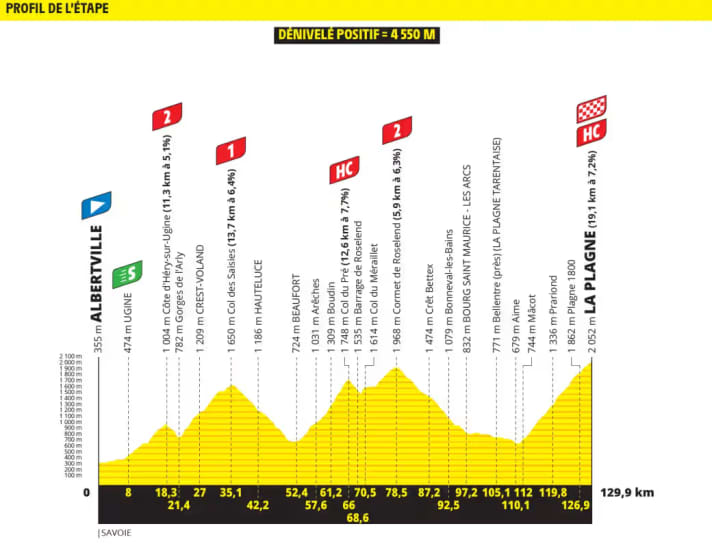
A quiz question to start with: how many meters of elevation gain fit into 130 kilometers? 4,550 is the answer given by the Tour organizers. The 19th stage offers amateur cyclists a generous menu of mountain passes; flat sections are consistently avoided.
Anyone who can climb reasonably well but has not yet won anything in this Tour will be thinking about how to get into the breakaway group of the day while warming up on the roller. In practical terms, this probably means ignoring what the day has in store on the first climb and simply going full throttle until a group is formed or your strength runs out.
Anyone who wants to make up ground in the standings must basically do the same. Because today is the last day to make up a few minutes in the overall standings, at least in theory. And that won't happen at the last minute. If you want to make up a lot of time, you must take risks. So, it's clear what will happen today: a brutal elimination race among all those who still have the strength to do so.
Elimination race
If it turns out as outlined, the entire racing team will be challenged. Uphill and downhill, it is important to always be attentive and maintain the pace throughout the course. On a stage like this, the leaders can be isolated early if a battle of attrition sets in early. Punctures, slips, moments of weakness – anything is possible. It is also possible that the classification will be turned upside down again.
What does this mean for cycling technology? Speed and safety are required. Aero wheels have dominated the Tour so far. That won't change today, because an isolated captain is more likely to make up any lost ground with them than with a slightly lighter mountain bike.
Tadej Pogačar was already riding the unpainted Y1Rs recently to save 100 g of paint. We can expect the same today. When it comes to tires, it's a trade-off between safety and rolling resistance. Time trial tires roll a tad easier but have poorer puncture protection. Are they worth the risk? From our point of view, a superior rider like Tadej Pogačar should play it safe rather than go for mini weight advantages. That would argue in favor of the normal Conti 5000 instead of the TT version, as the latter is more prone to punctures. On the other hand, we have seen few punctures this year. Tubeless has visibly reduced the risk of punctures.
The middle mountain of the day has the steepest passes. A major attack on the yellow jersey could take place there. If a team manages to send a fast-paced assistant ahead beforehand, he could set the pace for the leader catching up on the descent from Col de Pré and the subsequent short flat section. If he masters the climb to Cormet de Roselend with the captain, he could also provide support services in the final descent.
However, since Tadej Pogačar and Jonas Vingegaard are in a league of their own, it is more likely that sooner or later they will be riding together without teammates and the rest will be chasing behind.
In our simulation, we look at the final climb. What riding times can be expected, and which bikes have the potential to best support the riders?
The number of the day: 46 seconds
Jonas Vingegaard will probably ride the faster bike again today. His Cervélo S5 leads the rankings once more. The penalty for one kilogram of excess weight is also clear: it means a deficit of around 30 seconds on the final climb. The slowest bike in the field loses 46 seconds to the fastest – so it's clear that the bikes also play their part in improving times. Modern bikes make riders faster in all situations. However, the aero advantage is more pronounced at higher speeds than on climbs.
An overview of the (almost) complete field*
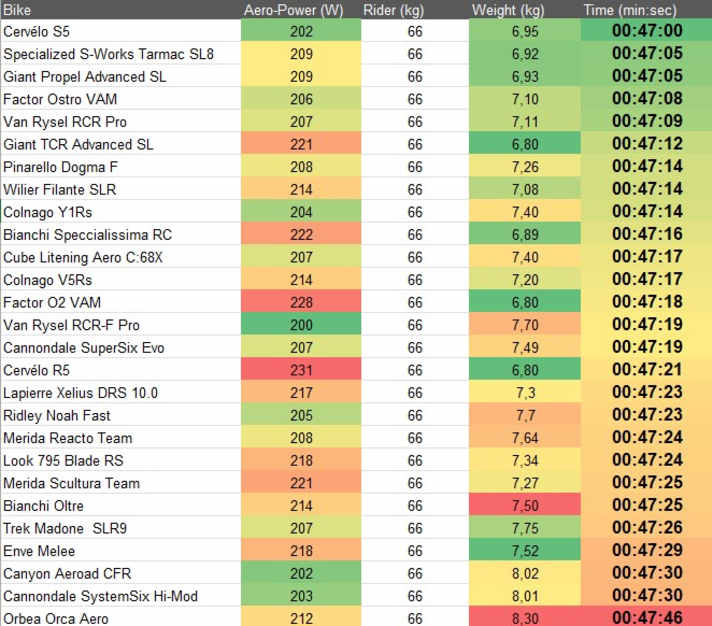
The simulated riding times on the final climb don't reveal anything new: bikes that are close to the minimum weight and still aerodynamic are the first choice on the final mountain stage.
*) The calculations are based on the bikes tested by TOUR in the laboratory and wind tunnel. The machines used in the Tour de France may differ in detail. Of course, we were not yet able to examine last-minute prototypes. Background information on the simulation.
Our expert
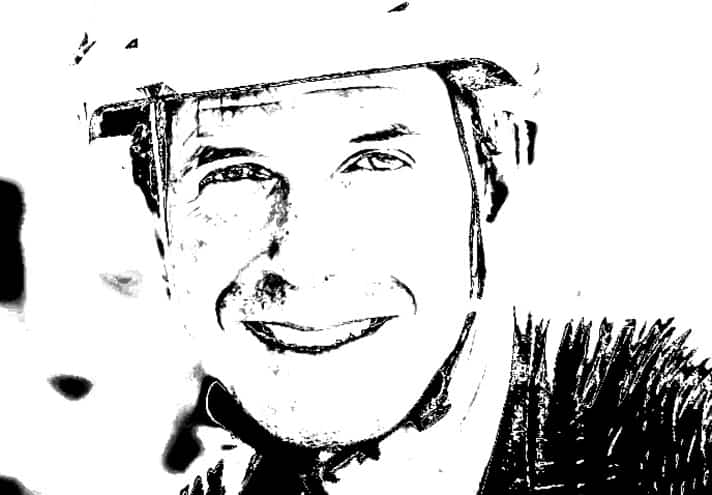
Robert Kühnen studied mechanical engineering, writes for TOUR about technology and training topics and develops testing methods. Robert has been refining the simulation calculations for years, they are also used by professional teams.
